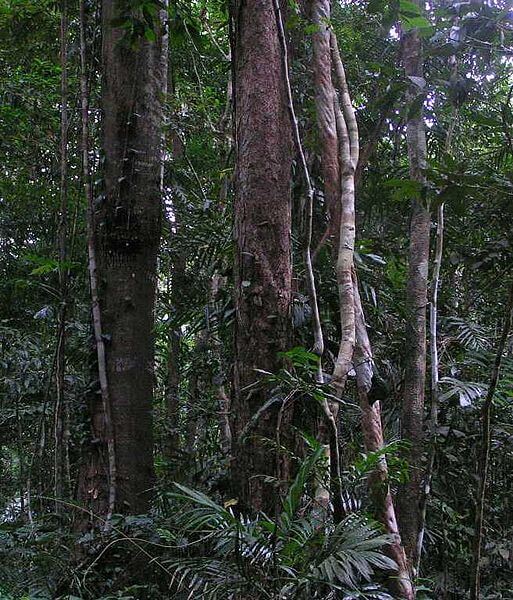Species living in rainforest fragments could be far more likely to disappear than was previously assumed, according to an international team of scientists.
In a study spanning two decades, the researchers witnessed the near-complete extinction of native small mammals on forest islands created by a large hydro-electric reservoir in Thailand.
“This could have frightening implications for biodiversity,” Professor William Laurance from James Cook University in Australia said.
Another member of the research team, Luke Gibson from the National University of Singapore, said: “It was like ecological Armageddon. Nobody imagined we’d see such catastrophic local extinctions.”
The study, published in the leading journal Science, has far-reaching implications because forests around the world are being rapidly felled and chopped up into small island-like fragments.
“It’s vital that we understand what happens to species in forest fragments,” Dr Antony Lynam of the Wildlife Conservation Society in Thailand said. “The fate of much of the world’s biodiversity is going to depend on it.”
The study sought to understand how long species can live in forest fragments. If they persist for many decades, then conservationists may have time to create wildlife corridors or restore surrounding forests to reduce the harmful effects of forest isolation.
However, the researchers saw native small mammals vanish with alarming speed, with just a handful remaining – on average, less than one individual per forest island – after 25 years.
“There seemed to be two culprits,” said Professor Laurance. “Native mammals suffered the harmful effects of population isolation, and they also had to deal with a devastating invader – the Malayan field rat.”
He said that in just a few years, the invading rat grew so abundant on the forest islands that it virtually displaced all native small mammals. The field rat normally favors villages and agricultural lands, but will also invade disturbed forests.
“This tells us that the double whammy of habitat fragmentation and invading species can be fatal for native wildlife,” Dr Lynam said. “And that’s frightening because invaders are increasing in disturbed and fragmented habitats around the world.”
Mr Gibson said that the bottom line was “that we must conserve large, intact habitats for nature because that’s the only way we can ensure biodiversity will survive.”
Professor Laurance agreed: “We must stop chopping up forests into small pieces, because fragmented forests are really bad for endangered wildlife.”
‘Near-complete extinction of native small mammal fauna 25 years after forest fragmentation’ by Luke Gibson, Antony J. Lynam, Corey J. A. Bradshaw, Fangliang He, David P. Bickford, David S. Woodruff, Sara Bumrungsri & William F. Laurance was published on 27 September 2013 in Science and is available at www.sciencemag.org (doi: 10.1126/science.1240495).


